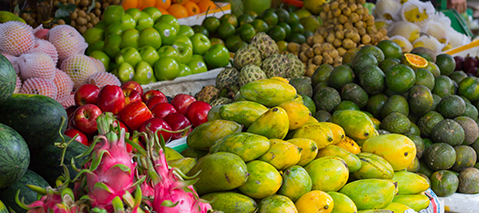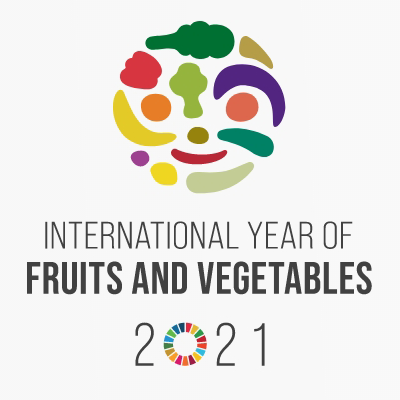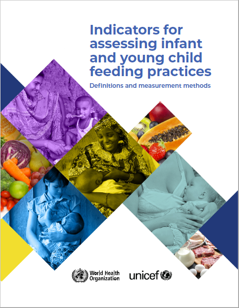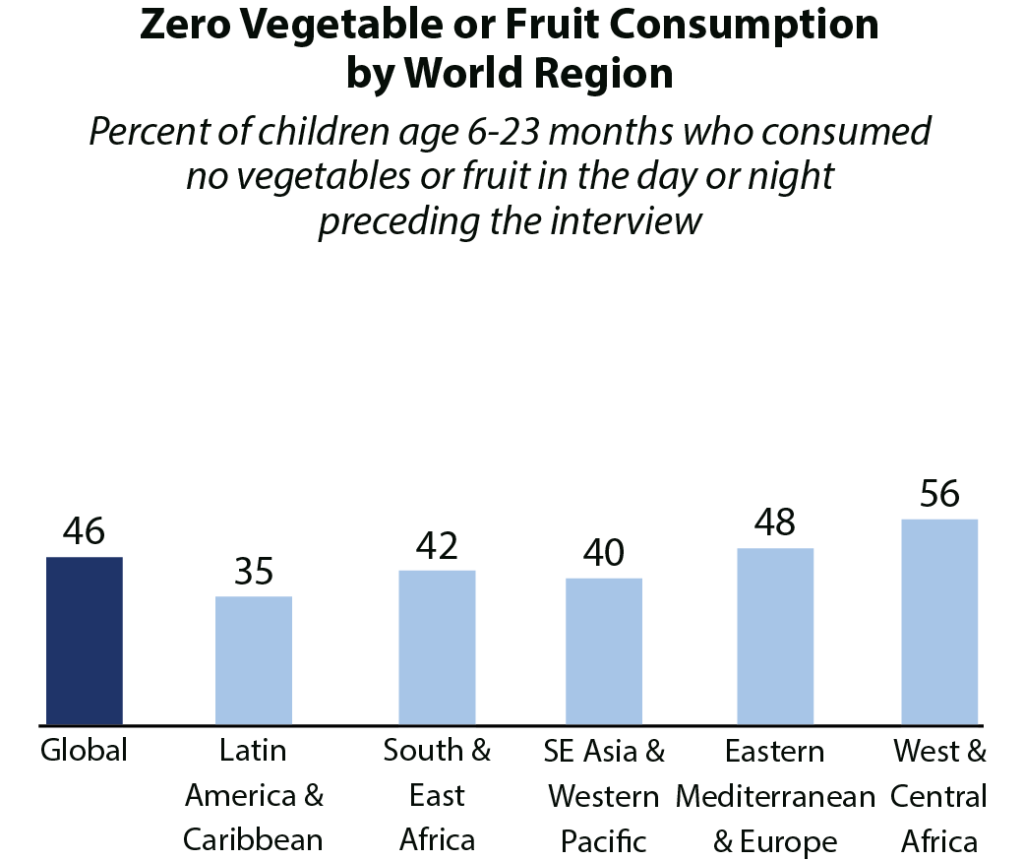The DHS Program and the International Year of Fruit and Vegetables

The United Nations General Assembly has declared 2021 as the International Year of Fruits and Vegetables. The consumption of fruit and vegetables supports healthy growth and development in young children by providing important nutrients. Regular fruit and vegetable consumption throughout life can also help prevent noncommunicable diseases during adulthood.
In 2021 the World Health Organization (WHO) and United Nations Children’s Fund (UNICEF) released updated indicator recommendations on infant and young child feeding practices which include a new indicator on zero vegetable or fruit consumption among children age 6-23 months (ZVF). This indicator captures the lack of vegetable and fruit consumption by young children and can be used to help policy makers and program managers make informed decisions on how to promote healthy eating practices among young children.
In recognition of the International Year of Fruits and Vegetables, researchers at The DHS Program have characterized ZVF consumption in young children in 129 DHS surveys across 64 low- and middle-income countries. The ZVF indicator is calculated using five questions collected from mothers of young children in DHS surveys. The questions ask about different types of vitamin A-rich fruits and vegetables and any other fruits and vegetables the child consumed during the previous day or night.
Globally, zero vegetable or fruit consumption is very high with 46% of children consuming no vegetables or fruit the day before the survey. In 43% of countries with more than one survey, zero vegetable or fruit consumption declined between surveys, while in 23% of countries there was an increase in ZVF. Maternal characteristics (employment, higher education, and media exposure) and wealth are associated with higher consumption of vegetables or fruits. These results point to the urgent need to improve the food environment and promote diverse diets as part of complementary feeding interventions worldwide.

Maternal characteristics like women’s employment, education level, access to media, and household wealth are associated with increased vegetable or fruit consumption among children.
Stay tuned to The DHS Program social media channels and learn more from the forthcoming journal article!
Featured image by © santiago silver, stock.adobe.com




